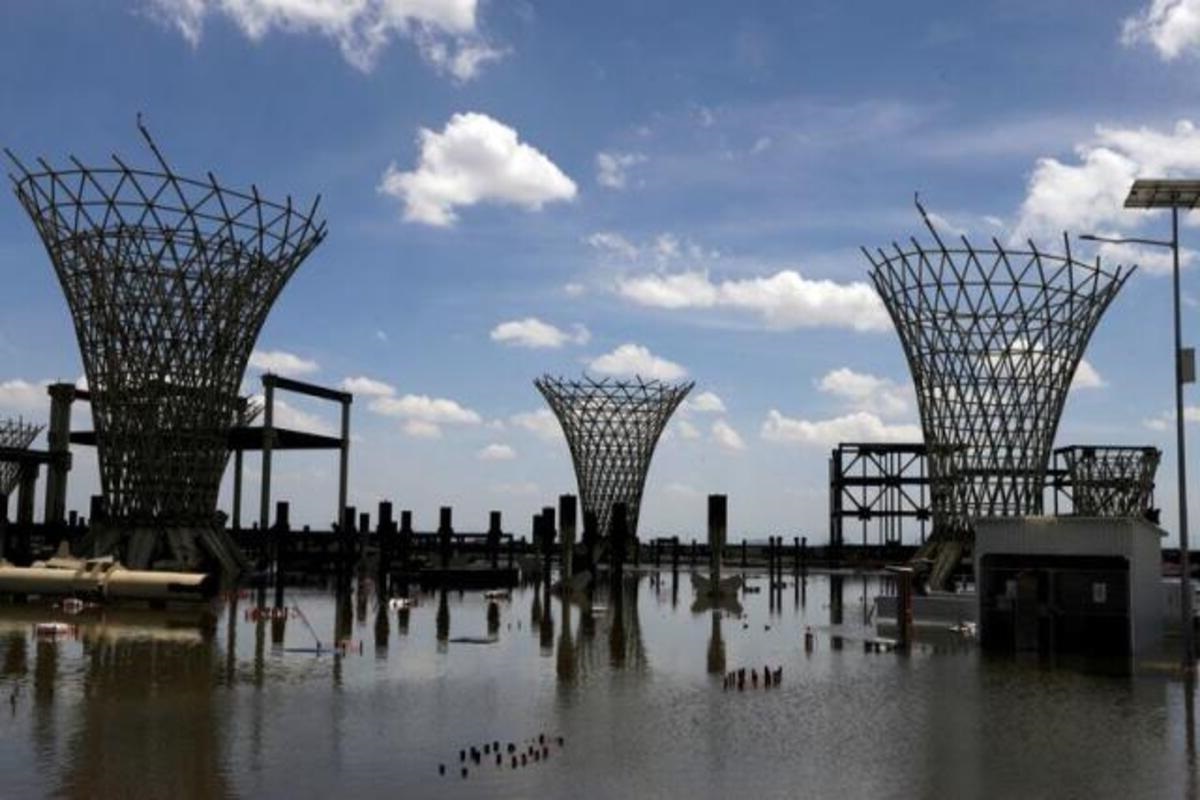The Mexican government administration was wise to abandon attempts to speed up bond repayment. Bonds worth $4.2 billion. These bonds first funded infrastructure work near a partly built airport on Mexico City’s outskirts. Since then, they have dominated money discussions. On a peaceful Friday, a transportation leader said they’d do things differently, which shook the money world.
The Texcoco project, designed to repair the outdated flight center, failed. After becoming president in 2018, Andres Manuel Lopez Obrador issued a broad order to freeze development. People in prominent positions claimed the justification suggested the project was a waste of money and crooked.
Obrador’s administration first gave Texcoco $1.8 billion in cash. However, the existing strategy shows commitment to a well-planned payback schedule. Long-term debts dictate this approach. This money strategy, which emphasizes commitment, has been bolstered by key financial figures.

Also read: JPMorgan Halts Funding for Russian Agricultural Bank: Geopolitical Shifts in Global Trade
Rogelio Jimenez Pons, the Deputy Transportation Minister, exemplifies government policy. After rigorous study, the finance ministry firmly endorses the present method. Pons cautiously informed the press that the finance ministry was well. Financial policy depends on the untold tale.
It’s crucial to recall that Jimenez Pons suggested a different approach. This strategy sought to speed up payments. This sophisticated financial activity’s funding was explained. Redeeming bonds required certain funds from Mexico City International Airport (AICM).
As the environment changes, AICM marine control becomes increasingly visible. The Transportation Ministry to Navy transition will have several effects. Jimenez’s last forecast was correct. He imagined a seamless military takeover of AICM. Management won’t have to pay bonds when they hand over. This highlights a financial difference.
Jimenez speaks consistently. “The path of the object has not changed,” he repeats. These words repeat “faithful,” showing great dedication to a route.
Jimenez’s fancy compass indicates that the Navy will eventually safeguard AICM. This change is expected later this year. The possibility of a reset and a finance ministry return makes this scenario more intriguing. Music will change in the next chapter.
Lopez Obrador, Mexico’s president, opened Felipe Angeles International Airport (AIFA) with a special cloth. A bustling army camp’s machine tore apart diverse material, creating a skyline unlike the Texcoco airport’s.
Obrador’s presidency has a repeating motif. The notion is that the country’s formidable military will ultimately manage aviation operations. This ever-changing tale is writing Mexico’s aviation history.
Our Reader’s Queries
What type of government is Mexico right now?
Mexico operates as a federal presidential representative democratic republic with a multi-party congressional system. The President of Mexico serves as both the head of state and head of government. The political landscape in Mexico is complex, with various parties vying for power and influence. Despite this, the country remains committed to democratic principles and the rule of law.
What type of government controls Mexico?
Mexico is a federal republic that declared its independence on September 16, 1810, and established a republic in 1824. The country’s constitution was adopted on February 5, 1917. The executive branch is headed by the president, who serves as both the chief of state and head of government.
What type of government did Mexico used to have?
Mexico’s independence from the Spanish Empire in 1821 marked the beginning of the First Mexican Empire, led by Agustín de Iturbide, a royalist military officer. However, the empire was short-lived, and in 1824, a federal republic was established under the Constitution of 1824. This marked a significant shift in Mexico’s political landscape, paving the way for a new era of governance and independence.
What is the political party system in Mexico?
Mexico boasts a multi-party system, where several political parties hold significant influence. The country’s top three political parties are the MORENA, the PAN, and the PRI.

